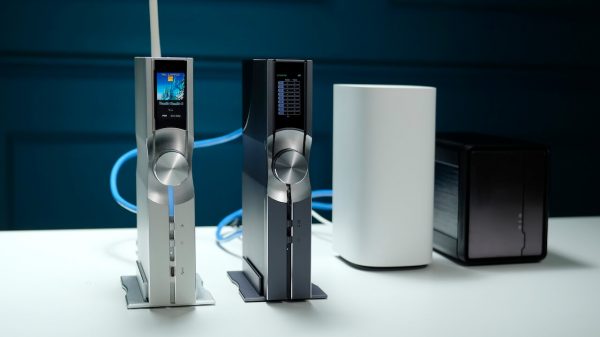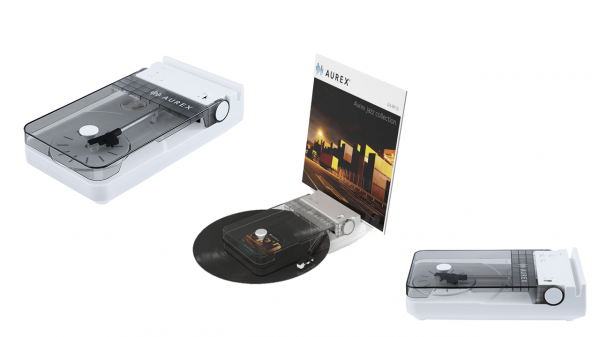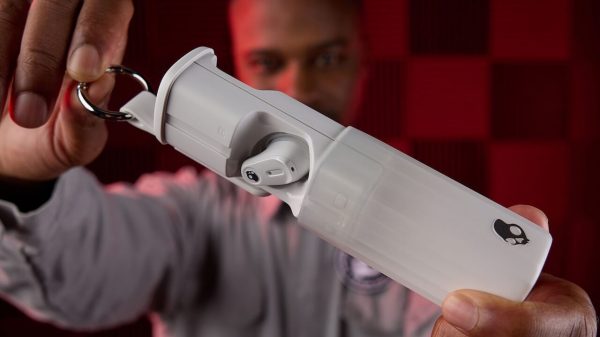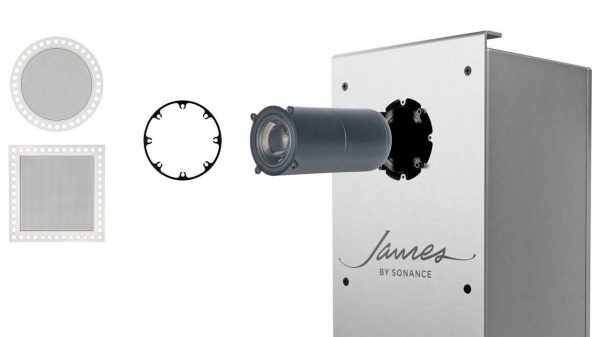In the not-too-distant future, many digital cameras, media players, and portable game devices will access the Internet from anywhere with mobile broadband coverage. The recent announcement by Sprint Nextel and Clearwire of a partnership to provide mobile WiMAX services to most of the US population should be greeted with enthusiasm by the consumer electronics manufacturers that are looking to introduce mobile broadband-enabled CE products to the North American market.
In an earlier commentary on this market, ABI Research principal analyst Philip Solis said, “In the longer-term, WiMAX has more potential than cellular-based connections for these devices. It’s an IP-based network with simpler architecture and better connection to the Internet. Sprint, with its commitment to WiMAX, will promote such devices heavily, in the process helping US markets keep up with Korea and Japan.”
That expectation has now been confirmed by the Sprint/Clearwire announcement. Solis comments: “As a result of the Sprint/Clearwire partnership, WiMAX coverage will be more extensive in the United States, so these mobile broadband-enabled devices will be available sooner and usable in many more cities than would have otherwise been the case. That opens the door to significant economies of scale for vendors.”
The first of this new class of products, Samsung’s VLUU i70 HSDPA-enabled digital camera, is to be joined by a WiMAX-enabled portable gaming device from ReignCom, and at least one of the world’s major game device makers is expected to incorporate WiMAX into the next versions of their popular models by late 2008. “The vision of consumers enjoying online multiplayer gaming on one of the top two portable game consoles from virtually anywhere was, until now, a pipe-dream,” says Solis. “The Sprint/Clearwire WiMAX rollout brings that vision suddenly much closer to reality.”
Portable navigation/infotainment devices are also candidates for WiMAX-based connectivity.
The first market for mobile broadband-enabled CE products will be South Korea; Japan, and North America will follow, and eventually these products will find markets in the rest of the industrialized world as well.
ABI Research study, Mobile Broadband-Enabled Consumer Electronics, explores how the market for mobile broadband-enabled consumer electronics (including 3G) will play out from 2007 to 2012. It examines the strengths and weaknesses of each air-interface, and indicates which will dominate at the beginning and end of the period. It forms part of the Mobile Broadband Research Service, which also includes other Research Reports, Research Briefs, Market Data, ABI Insights, and analyst inquiry support.
Founded in 1990 and headquartered in New York, ABI Research maintains global operations supporting annual research programs, intelligence services and market reports in broadband and multimedia, RFID & contactless, M2M, wireless connectivity, mobile wireless, transportation, and emerging technologies. For information visit http://www.abiresearch.com, or call +1.516.624.2500.























